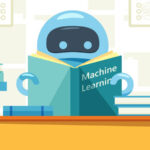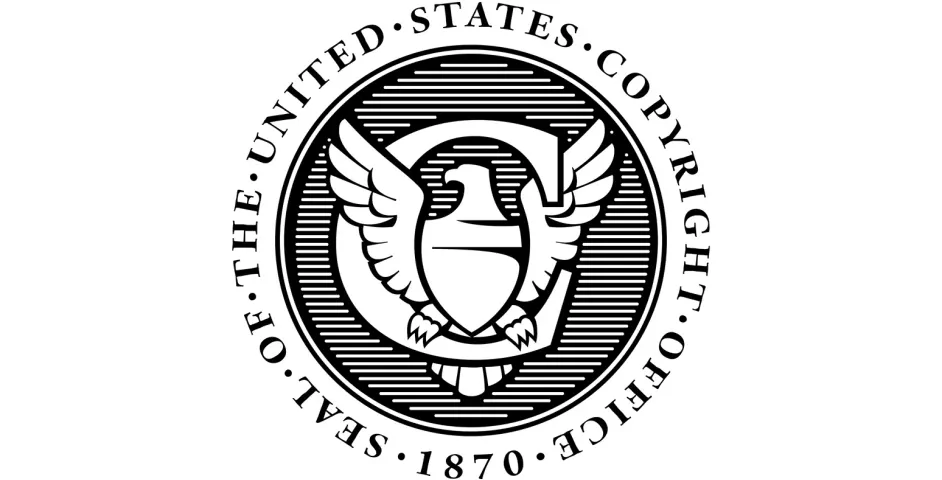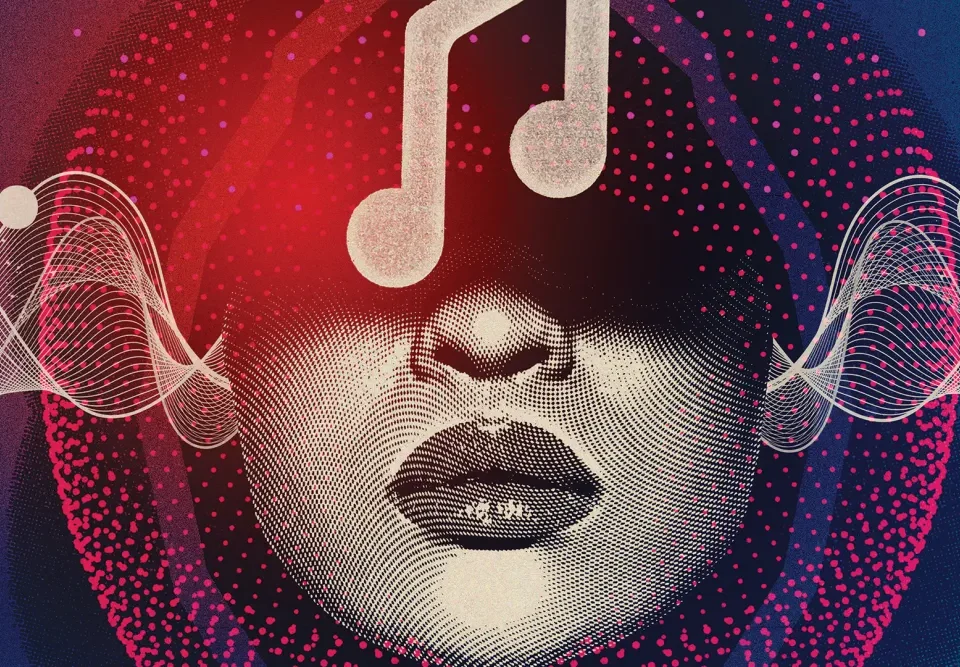
Is Copyright Enough? Why AI Music Might Need Neighbouring Rights Instead
13 Mayıs 2025
Is This What We Want? Musicians Push Back Against AI’s Free Ride
13 Mayıs 2025The U.S. Copyright Office has just released Part 2 of its report on Artificial Intelligence and Copyright, offering long-awaited guidance on one of the most contentious questions of the creative era: can AI-generated content be copyrighted?
The answer is both familiar and new: no, if AI is the sole creator. Yes, if humans meaningfully contribute. But as with many legal questions in the AI space, the nuance is where the real story lies.
🎨 Key Principle: Human Creativity Is Non-Negotiable
The report reiterates the bedrock of U.S. copyright law—original works of authorship must come from humans. This aligns with longstanding doctrine from cases like Feist Publications v. Rural Telephone Service, which emphasized that copyright protects creative expression, not facts or automated processes.1
As the Office now explicitly states: “A work generated solely by a machine is not eligible for copyright protection.”2 So when an AI system like ChatGPT or DALL·E produces a poem, painting, or symphony without any meaningful human direction, the result belongs to the public domain.
✍️ Using AI Isn’t a Disqualifier—But It’s Not a Shortcut Either
The most important nuance of the report lies in the treatment of AI-assisted works. The Office clarifies that using AI to support human creativity, rather than replace it, does not automatically disqualify the resulting work from protection. In this way, AI is treated like any other creative tool—akin to a camera, musical instrument, or editing software.
However, it matters how the tool is used. Merely entering a prompt like “write a sad jazz song in the style of Miles Davis” is not enough to claim authorship. What matters is whether the human user exercised creative control over the final work—by selecting, arranging, modifying, or interpreting AI-generated content in a way that reflects personal choices.3
🧾 Case-by-Case Scrutiny: No More Rubber Stamps
Perhaps the most significant shift is procedural: copyright claims involving AI will be subject to individual review. The Office now expects applicants to disclose the use of generative AI and describe what elements were created by a human.
This reflects a broader doctrinal shift: the idea that authorship is not presumed in the age of AI. Instead, courts and regulators must examine the facts of each creation to determine whether it meets the threshold for protection. This also raises the evidentiary burden for creators—documentation of the creative process will be key.
This approach resonates with EU jurisprudence as well, particularly the Painer and Infopaq decisions, which stress free and creative choices as the test for originality.4 It suggests a slow but clear transatlantic alignment on the human-centred nature of copyright law.
⚠️ Why This Matters: Ownership, Disputes, and Market Access
For creators, this isn’t just a bureaucratic issue—it’s a practical one. A copyright registration is often a precondition for:
- Enforcing rights in court
- Monetizing a work (licensing, streaming, publishing)
- Joining collective management systems (e.g. ASCAP, BMI)
Without clarity on authorship, AI-generated works may become commercially orphaned—used freely without legal recourse, or stuck in legal limbo over ownership claims.
In collaborative environments, disputes are likely to increase. Who “owns” a work created with AI: the person who entered the prompt, the one who trained the model, or the company that built the system? While the current report sidesteps this by focusing only on eligibility, Part 3, due soon, is expected to tackle these deeper structural issues—training data, licensing, and liability.5
🧠 Final Note: Creativity in the Age of Code
This report draws a line in the sand: AI can support creation, but it cannot be the creator. For artists and innovators, the message is clear—use AI as a tool, not a substitute. Document your process. Curate, edit, revise. Embed your voice.
Because in the copyright world, the law still listens for a human author.
Footnotes
- Feist Publications, Inc. v. Rural Telephone Service Co., 499 U.S. 340 (1991).
- U.S. Copyright Office, Copyright and Artificial Intelligence: Part 2 – Copyrightability (2025), p. 2.
- Ibid., pp. 8–10. ↩
- Painer v Standard VerlagsGmbH (C-145/10); Infopaq International A/S v Danske Dagblades Forening (C-5/08).
- U.S. Copyright Office, Part 3 Preview on Training Data and Licensing, https://www.copyright.gov/ai/Copyright-and-Artificial-Intelligence-Part-2-Copyrightability-Report.pdf.


